Which flooring is best for badminton court?
The cost and preferences for building badminton courts will vary. It is based on many factors like quality, purpose, material availability, vendors etc.
But lets consider only factors that affect the way the game is actually being played. The difference in the construction of badminton courts varies primarily based on the material used for the flooring of the court. As such, there are three types of courts – Wooden, synthetic and cement.
In this piece, we’ll look at why some surfaces are preferred over the rest for mainstream use.
Cement and Polished stone aren’t built for humans
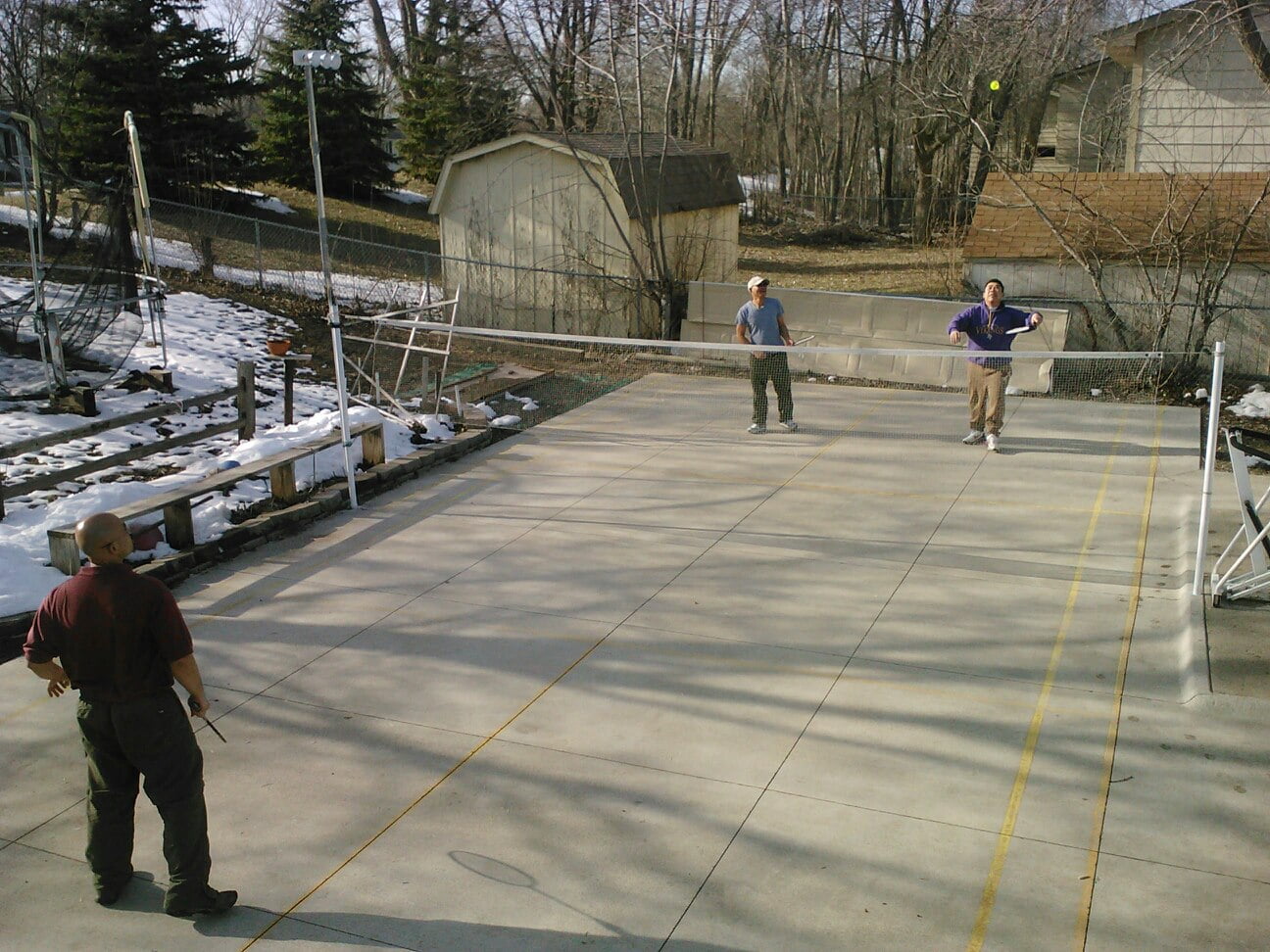
Concrete courts and polished stone courts have poor bounce and shock absorption. They also become slippery, if there is dust on them. People with weak knees and ankles should avoid playing for long periods of time on these courts, as the impact can hurt the knees, ankles, shinbone and feet. This leaves us with wooden and synthetic flooring materials as the only obvious choices.
The problems with wooden court
Wooden board courts, often seen in integrated sports halls, have relatively good shock absorption, but are more slippery than synthetic courts. This means that the player is struggling for grip and traction while running around or generating force for smashes. If the court is damp or sweat falls on it, it becomes slippery and players can easily aquaplane.
Recommended article:Car Awnings: Transforming Your Vehicle into a Versatile Shelter
Gaming Headset: Immerse Yourself in the Ultimate Gaming Experience
Clash of the Inflatables: Unleashing Fun and Competition with Inflatable Jousting
What Would Happen If Dinosaurs were Alive Today?
Factors to Consider When Choosing a Badminton Court Mat
VR Racing Car Simulator: Experience the Thrill of Virtual Racing
Pay Attention to These So You Can Camp Safely!
Initial construction costs are significantly lower for wooden courts when compared to all other alternatives. However, maintenance costs are much higher compared to an equivalent synthetic one because of the fragile nature of wood.
Synthetic court : Choices (PVC, acrylic) & Easy Conversion
PVC synthetic courts have good bounce and anti-slip properties. It can be in the form of mats that can be easily laid and stored. These mats are separated into the surface, middle and lower mats; the surface mats are durable and anti-slip, the middle mats add stability, while the lower mats absorb shock and provide a bounce.
On this type of surface, badminton shoes can produce good traction. Most tournament courts are wooden floors on which these kinds of mats are laid providing the advantages of both wood and PVU/PU courts. Therefore, this arrangement is the most widely preferred on professional circuits.
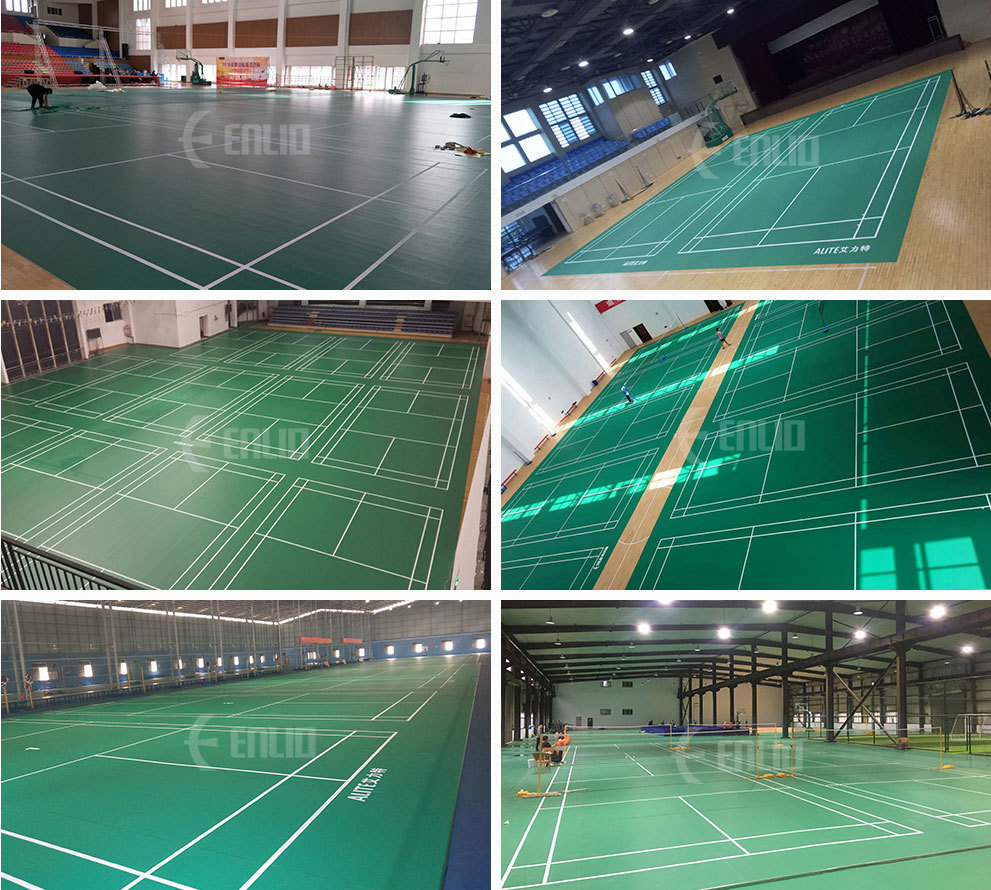
The special features of acrylic courts are that they come in various colors and types. They are similar to PU/PVC courts but harder. The level of shock absorption depends on the materials under the acrylic floor. This kind of floor feels slightly uneven when you tread down. But, it can be modified to give excellent grip, endurance and shock absorption properties.
All of these factors mean that synthetic/hybrid flooring is preferable to wooden flooring on badminton court mats for players of all ages and skill levels.
Recommended article:The Ultimate Guide to Plate Loaded Machines: Achieve Optimal Strength and Fitness
What is the purpose of a pin-loaded machine?
4 Reasons an Indoor Playground is the Perfect Activity for Kids
How much is a VR machine?
The Advantages of Using a Hard Shell Roof Top Tent During Camping
Spin Bike Buying Guide: Pedal Your Way to Fitness
What are the maintenance requirements for Rainbow Water Slides?
Related Articles


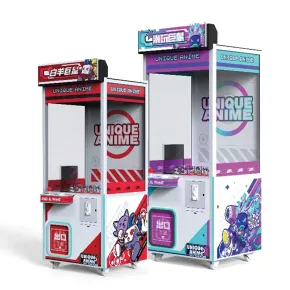
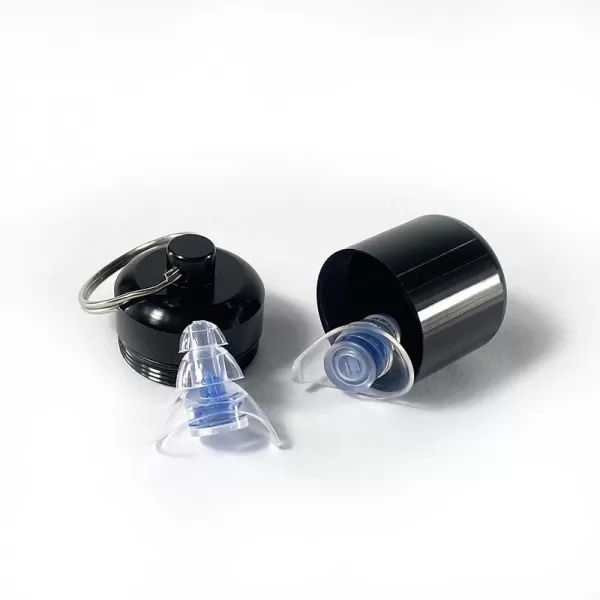
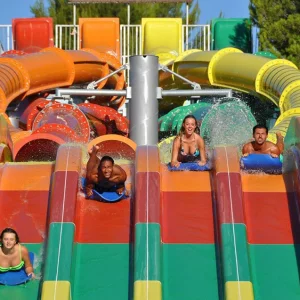
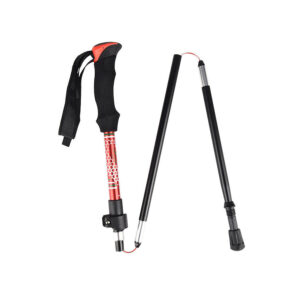
Comments
0